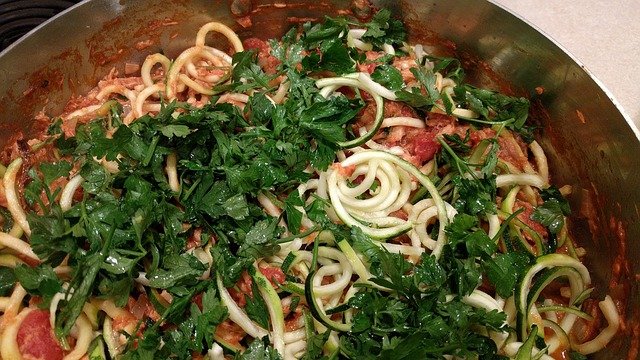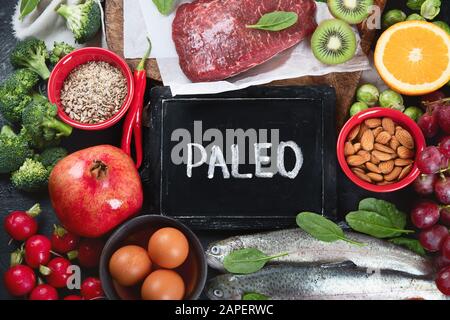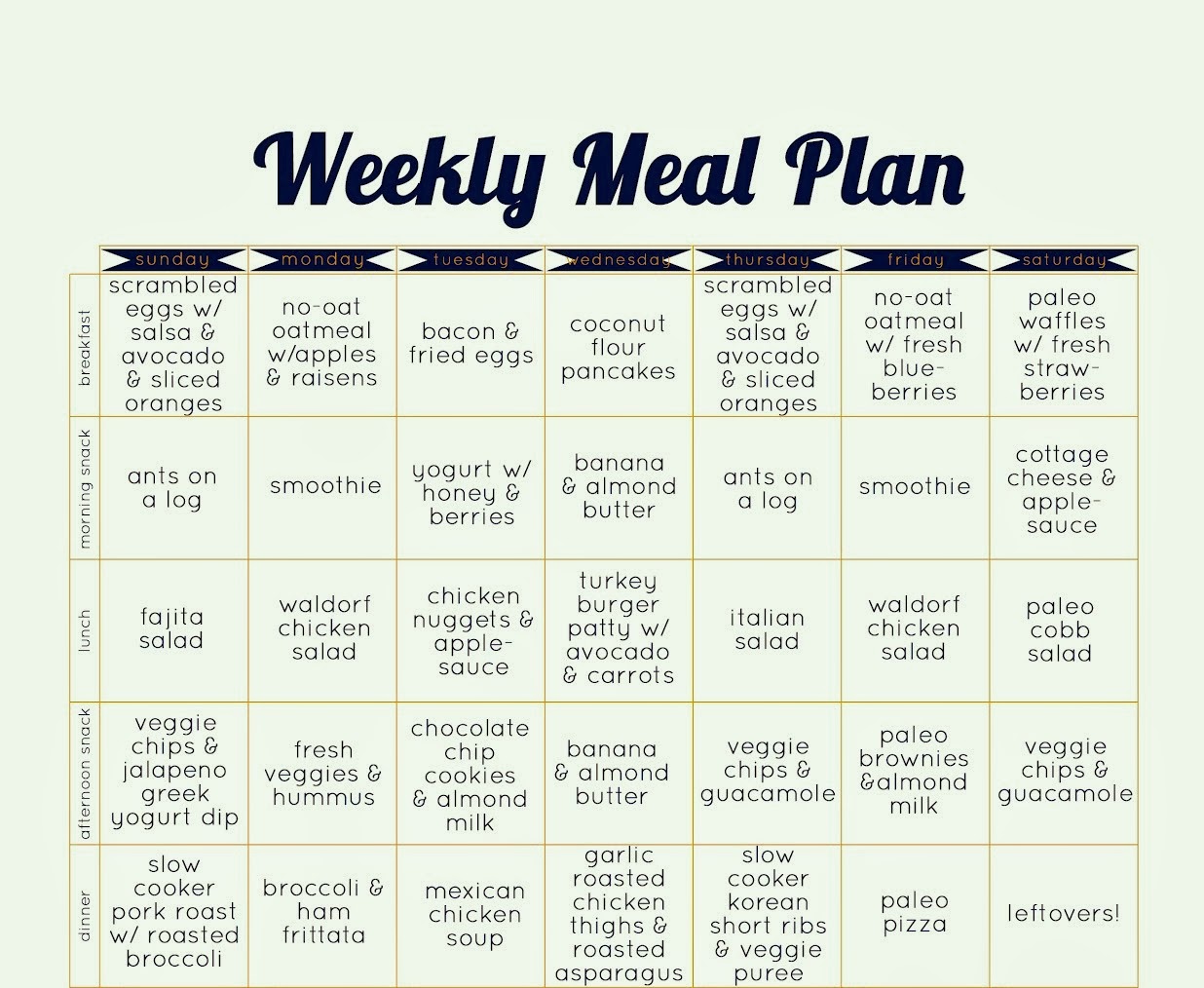
The benefits of a Paleo diet are numerous. A diet that is based on plant-based food is low in saturated fats, cholesterol, and processed foods. This diet is sometimes called the Primal Food Diet. It promotes good overall health through a plant based diet. Also, processed foods have low nutritional value and are high in empty calories. In contrast, foods derived from animal sources are high in nutrients and have many benefits for your health.
Research into the health and benefits of the Paleo lifestyle
There are positive and negative aspects to the Paleo diet for cholesterol. It is not a failproof solution, but it can yield heart-healthy results if followed properly. Paleo, as the name implies, is a diet that avoids processed foods, refined grain, added sugar, and alcohol while still including lots of fruits and vegetables. Paleo should not be used by those with existing heart conditions.
Paleo is good for your cardiovascular health. It has a number of benefits, including lower triglycerides, LDL cholesterol, as well as lower total cholesterol. The results were evident within half a years and continued to improve for the next two-years. These results, although they may seem insignificant, are encouraging for people at high cardiovascular risk who might benefit from additional steps to keep their health. Paleo diet may have other benefits, such as lower cholesterol or a lower risk for type 2 diabetes.

Additionally, the Paleo diet bans processed foods as well as refined fats. Paleo can help you lose weight. Studies have shown that it helps improve the health of people suffering from type 2 diabetes and metabolic syndrome. You may see the benefits within two weeks. Paleo-followers tend to be more committed to the diet than others.
Paleo diet foods
People with lower cholesterol and better health are more likely to eat a diet without grains or processed foods. For some, it may be difficult to consume sufficient calories and not have to give up refined carbohydrates. Paleo is a diet that allows people with high cholesterol to lose weight. This diet does not compromise its principles. These are some of these foods that can be included in the Paleo diet.
Paleo diets do not allow certain foods. These foods include red meats, butter, coconut oils, and ghee. These foods are high-in saturated fats, and can increase the risk for heart disease. Paleo-followers report that they are not ill-healthful when it comes to eating meat and poultry. These foods do however contain plenty omega-3 fats that are vital for heart health.
Paleo is a very popular diet. However, not everyone agrees with it. This diet is not recommended by many mainstream nutritionists and health professionals. It's important to understand the evidence before you decide whether or not to follow it. The paleo diet attempts to recreate the hunting-gatherer diet. It is important to eat whole plant and animal food, not refined sugars and flour. The diet includes lean meats as well, but also vegetables, fruits as well, nuts, fish and nuts.
Paleo Diet: How to Lower Cholesterol

Paleo-style eating can help lower cholesterol. This diet eliminates processed grains, sugars, and trans-fat, while emphasizing fruits, vegetables, and avocados. This diet is known to reduce cholesterol and lower blood pressure. It can also reduce the risk of developing type 2 diabetes and cardiovascular disease. Remember to seek the advice of a doctor to ensure that the diet is the best for you.
While the Paleo diet doesn’t prohibit dairy, it does limit your dairy intake. You will need to replace dairy with other calcium sources. However, dairy is essential for bone health. You will also need to consume about one-third your calories from carbs. Paleo is considered low-carb. However, there are a few questions about whether this diet is safe for your heart.
Increase your exercise is another way you can lower cholesterol while following a Paleo lifestyle. While it may raise cholesterol levels temporarily, it's far better than continuing to consume a garbage-diet. If you eat a lot of lean protein as well as moderate amounts fat, your cholesterol levels will improve. However, it is not healthy to eat too much of either.
FAQ
What should a novice cook do first?
Beginners should begin cooking simple dishes like soup, pasta, and rice. You can learn how to cook by looking at a cookbook or watching a YouTube video. Cooking with friends is much more enjoyable. Enjoy cooking with your family, friends, or both.
How to become a chef
There are many routes to becoming a chef. A course at a local community college or vocational school is a good place to start. Next, consider attending culinary school. A paid internship is another option.
What skills are required to enter a culinary school?
You must have the ability to cook well and work under pressure. You should enroll in cooking classes at local community colleges or high schools to learn how to cook. Once you have learned the basics of cooking, it is time to look for work at a restaurant.
How much does culinary school cost?
Culinary school costs vary depending on where you go, how long you study, and what program you choose. The average tuition cost is $10,000-$30,000 annually. The majority of students graduate with around $20,000 in student debt. Some programs offer scholarships, grants, or work-study opportunities.
Statistics
- The median pay for a chef or head cook is $53,380 per year or $25.66/hour, according to the U.S. Bureau of Labor Statistics (BLS). (learnhowtobecome.org)
- You'll be amazed that over 90% of CIA students receive scholarships and grants to finish their culinary studies. (ischoolconnect.com)
- According to the BLS, chefs earn $58,740 a year. (learnhowtobecome.org)
External Links
How To
How to cook a Steak
The right cooking method for any type of meat depends on its thickness. For example, thinner steaks are best cooked over low heat, while thicker ones need higher temperatures.
Also, don't cook them too long as it will cause loss of flavor. Make sure to remove the steaks from the pan after it is done. This will help you avoid burning your skin.
Cooking times depend on the size of the steak and the desired degree of doneness. Here are some general guidelines:
Medium Rare: Cook till medium rare. This is when the internal temperature of the food reaches 145°F (63°C). This process takes between 3 - 5 minutes per side.
Medium: Cook until medium, which means the internal temp reaches 160degF (71degC). This normally takes around 6 minutes per side.
Cook well until done. That means that the internal temp reaches 180degF (82degC). This usually requires 8 to 12 minutes per side.